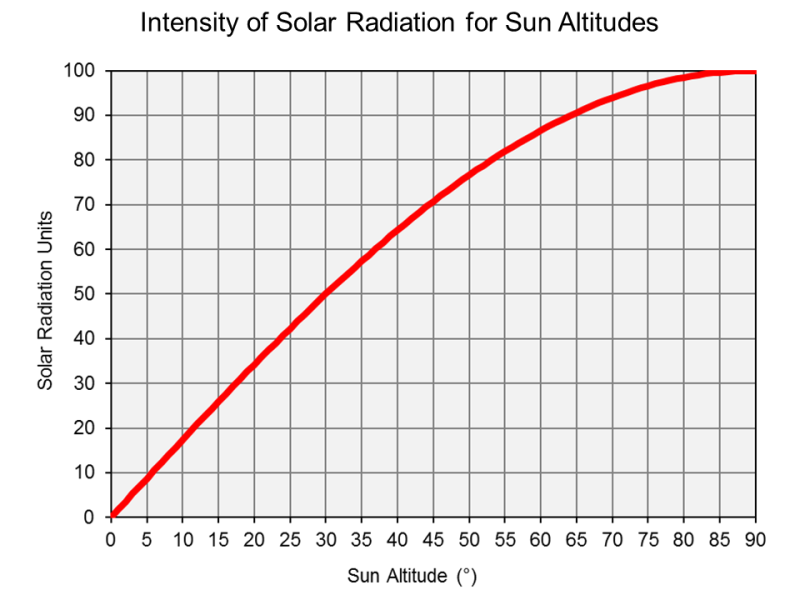tjroufs2007
New Member
- Joined
- Jun 27, 2020
- Messages
- 2
My wife and I are putting in a pond with a waterfall and aeration pumps in an area that doesn't have access to power. I am having issues spec'ing out a solar system to run these for 12hrs a day (ideally, we would like 24hr, but that might not be economical). We live in MN, so the pumps would only run for about 6-8 months out of the year. The specs on the equipment are as follows:
- Air pump: 120 VAC, 1.4 amp, 85W
- Water pump: 120 VAC, 1.8 amp, 219W
My calculations show me that to run these for 12 hrs a day, I would need 3.6 kwh of power. If I divide by 4 hr (assuming only 4 hrs of strong sunlight even though I get great sun from 10am - 7pm), I would need 912 watts of solar paneling. That seems like a lot of power for just two pumps. I also don't know how to spec out the appropriate controller, inverter, wire, and batteries. I have tried, but I'm getting overwhelmed with all of the information out there, and would like some help/guidance in creating the appropriate system. Thank you for taking the time to read this, and I look forward to any help.
- Air pump: 120 VAC, 1.4 amp, 85W
- Water pump: 120 VAC, 1.8 amp, 219W
My calculations show me that to run these for 12 hrs a day, I would need 3.6 kwh of power. If I divide by 4 hr (assuming only 4 hrs of strong sunlight even though I get great sun from 10am - 7pm), I would need 912 watts of solar paneling. That seems like a lot of power for just two pumps. I also don't know how to spec out the appropriate controller, inverter, wire, and batteries. I have tried, but I'm getting overwhelmed with all of the information out there, and would like some help/guidance in creating the appropriate system. Thank you for taking the time to read this, and I look forward to any help.



